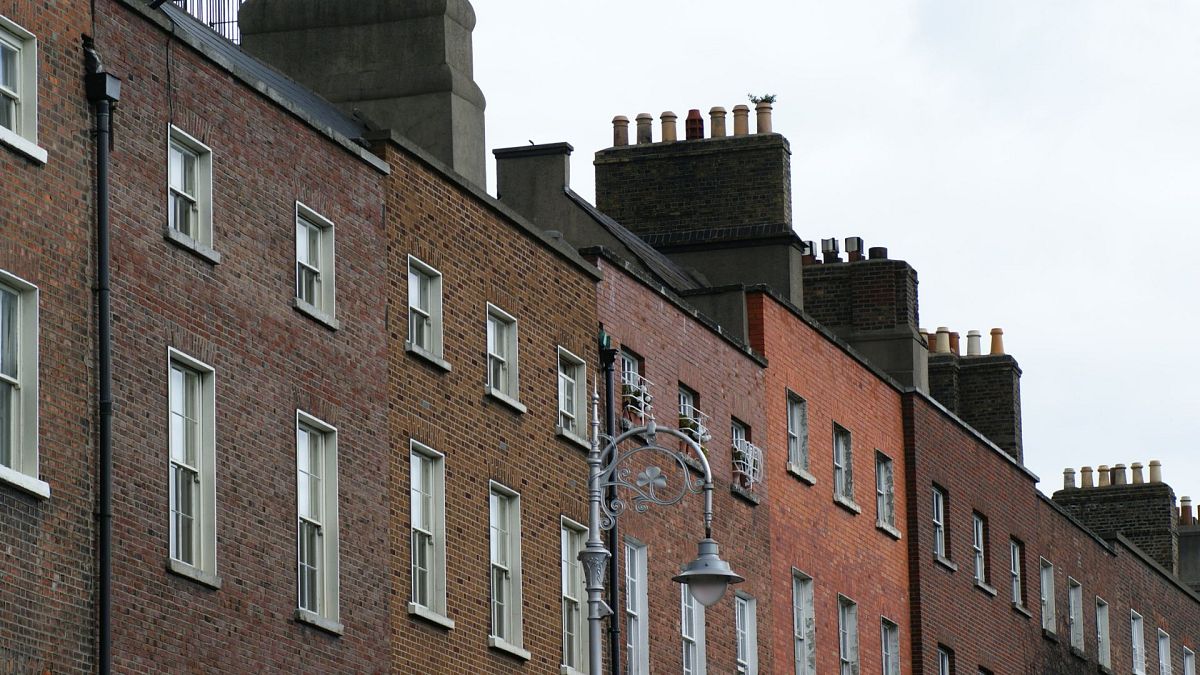Property group Knight Frank says Ireland is running on a huge housing deficit as it outlines the country's future needs.
The housing shortage in Ireland means that up to 58,000 new units are going to be needed in Ireland each year between now and 2027, according to estate agents Knight Frank and reported by RTE and the Irish Times.
The number rises even further, to almost 62,000, when taking into account another 4,000 spaces needed for students, said the group.
Of the 58,000 annual total, the report suggested that 32,000 properties should be for first-time buyers or families, while some 10,000 homes will be needed annually for those aged 75 and over.
Some 9,000 homes should be created for those in the 65 to 75 age group, while those aged between 50 and 65 should be allocated 6,700 units, it explained.
The numbers are based on Ireland's changing demographic, and do not account for current unmet needs.
Dara Turnbull, research coordinator at Housing Europe, told Euronews that, in the period from 2011 to 2023, there was a shortfall in the supply of additional homes of at least 185,000 in Ireland.
The "actual shortfall could well be north of 200,000 units over the period," he added.
On current performance, Ireland's housing system is not capable of fulfilling these predictions.
Some 32,695 housing units were built in Ireland in 2023, a 10% rise on the previous year but still far below requirements.
Under its Housing for All plan, the government currently aims to have an average of 33,000 new homes provided each year between 2021 and 2030.
Ireland's housing shortage is driven by a number of factors but one underlying cause is a lack of state investment in social housing.
In the late 1990s and early 2000s, Ireland saw a rapid expansion of private construction as banks were eager to grant huge loans - a landmark of the Celtic Tiger boom period.
Between 1996 and 2006, there was a 177% surge in building. However, the subsequent financial crash and the period of austerity that followed it meant numerous projects were left unfinished.
Over the past two decades, the government has failed to pick up the reins on social housing, forcing many financially vulnerable individuals into the private rental sector.
The private sector has a significant number of short-term rentals in Ireland, which means that supply is limited.
Housing is also scarce because of complex planning regulations and the fact that several existing properties are not in a good enough state of repair for use.
"We should be putting a strong emphasis on bringing vacant and derelict homes back into use, or looking at the possibility of converting existing buildings for residential use," said Dara Turnbull from Housing Europe.
"This would typically have a much lower environmental impact, and would also be a much quicker way of increasing the supply of homes for rent or sale. Some social housing providers in Ireland have already been working on rehabilitation and conversion schemes, but they need more resources and better access to vacant buildings to really scale this up."



